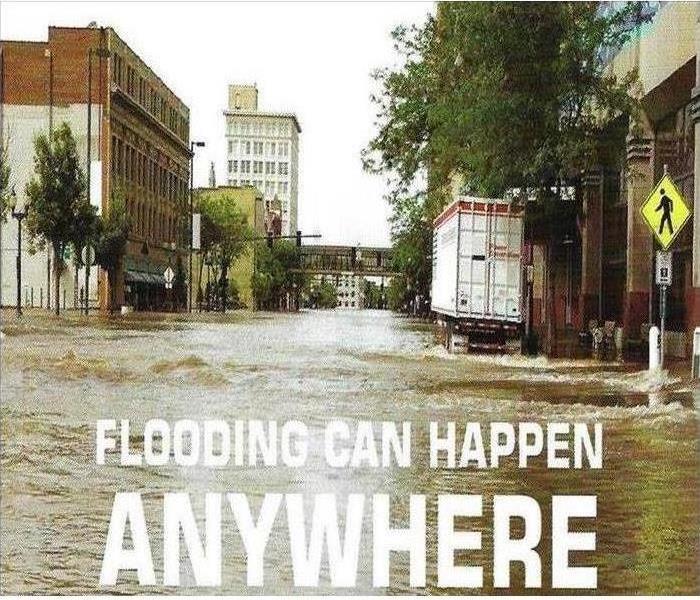Water Damage Recovery Tips
10/6/2023 (Permalink)
Water damage can strike your home or property unexpectedly, causing significant stress and disruption. Whether it's due to a burst pipe, flooding, or a leaky roof, knowing how to respond and recover effectively is crucial.
In this article, we'll provide some essential water damage recovery tips to help you minimize damage and get your life back on track.
1. Safety First:
- Your safety should be the top priority. Before entering a water-damaged area, ensure it's safe to do so. Turn off electrical power to the affected area if necessary to prevent electrical hazards.
2. Stop the Source:
- Identify and stop the source of the water damage as soon as possible. This may involve shutting off the main water supply, fixing a leaky pipe, or addressing any other issues causing the water intrusion.
3. Document the Damage:
- Take photos or videos of the water-damaged areas for insurance purposes. Document the extent of the damage before starting any cleanup or repairs.
4. Remove Standing Water:
- If it's safe to do so, begin removing standing water as quickly as possible. Use a wet/dry vacuum, buckets, or a sump pump, depending on the volume of water.
5. Dry Out the Area:
- Proper drying is essential to prevent mold growth and further damage. Use fans, dehumidifiers, and open windows to improve ventilation and accelerate drying.
6. Salvage Belongings:
- Remove water-damaged items from the affected area. Salvage what you can, but be prepared to dispose of severely damaged items that cannot be restored.
7. Clean and Disinfect:
- Clean and disinfect all affected surfaces to prevent mold and bacteria growth. Use a mixture of water and a disinfectant solution, and consider wearing personal protective equipment (PPE) like gloves and a mask.
8. Assess Structural Damage:
- Check for structural damage to walls, ceilings, and floors. Address any structural issues promptly to ensure safety and stability.
9. Contact Your Insurance Company:
- Notify your insurance company about the water damage as soon as possible. Provide them with the documentation and photos you collected. Follow their instructions for filing a claim.
10. Seek Professional Help: - Depending on the extent of the damage, you may need professional assistance. Restoration experts can assess the situation, provide thorough cleanup and repair services, and help with insurance claims.
11. Prevent Future Water Damage: - Once your property is restored, take steps to prevent future water damage. Regularly inspect and maintain plumbing, gutters, and roofs. Install a sump pump if your area is prone to flooding.
12. Be Patient: - Water damage recovery can be a time-consuming process. Be patient and allow the affected areas to dry completely before starting repairs or reconstruction.
Dealing with water damage is undoubtedly stressful, but by following these recovery tips, you can minimize the damage, protect your health, and begin the process of restoring your home or property. Remember that prompt action is essential to prevent further complications, so don't delay in addressing water damage issues.

 24/7 Emergency Service
24/7 Emergency Service
